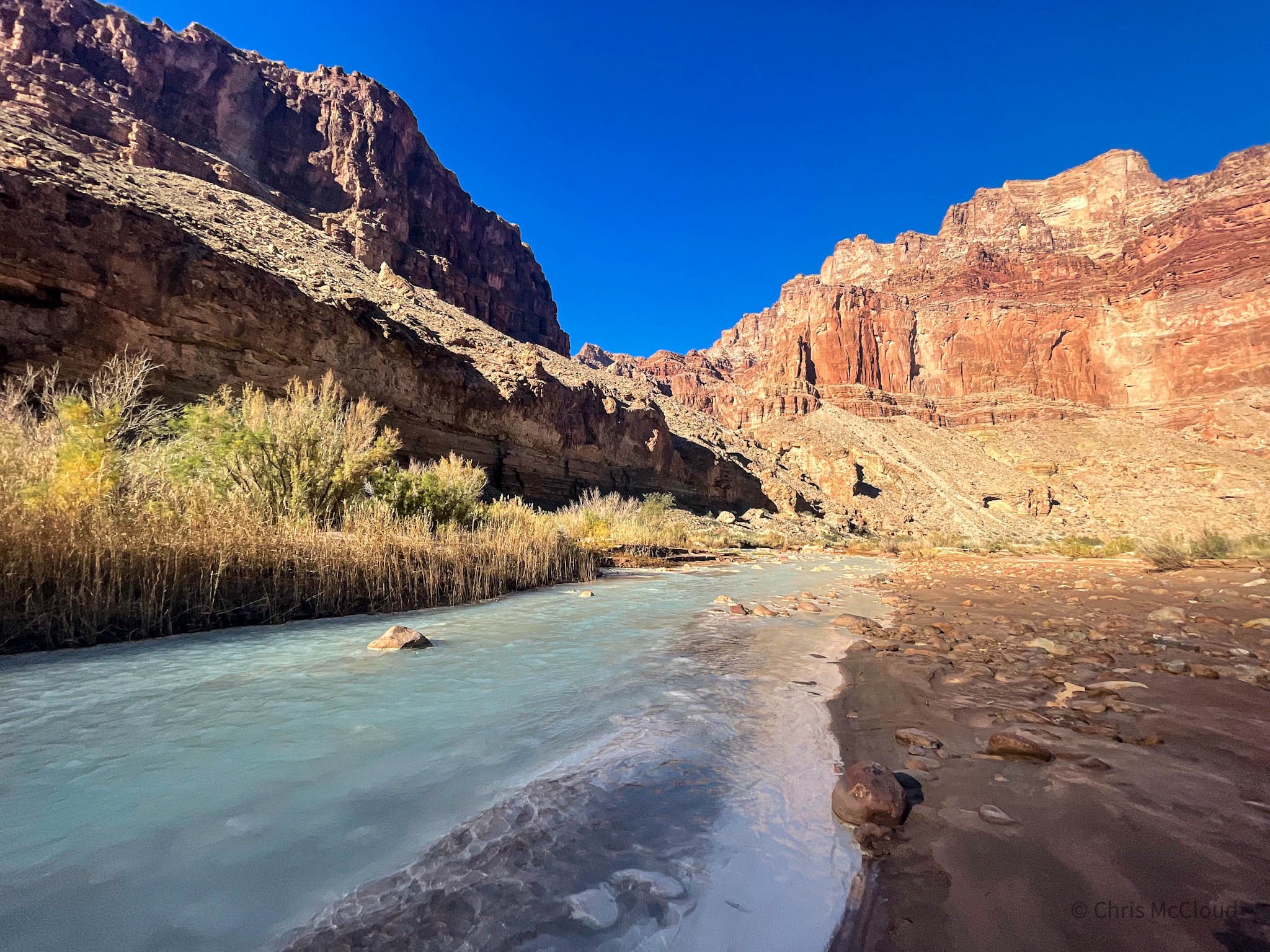You may have heard by now: if a funding bill isn’t approved by the US Congress by 11:59 PM on Saturday night (9/30/23), then a government shutdown will begin. In addition to many other areas, a focus during these events is often national parks. This makes sense; they and their staff are for many one of the most visible areas people engage with federal lands and federal employees. Many people are probably wondering now: what will happen with their local national park, or one they are planning on visiting, if there is a government shutdown? They might be wondering the same about other public lands as well.
National parks have been pretty tight lipped. They don’t want to undermine congressional negotiations. Officially, they are hoping that a shutdown does not happen: none of their employees want to be forced to stop working or to miss paychecks.
For those who have visits planned, while this strategy might result in a funding bill sooner, with or without a shutdown, it can lead to frustration for those who may have travel plans early in the shutdown period who might be most impacted. (This includes federal employees – those subject to furlough who have leave approved for Monday will have it canceled and will have to be in the office to sign furlough paperwork instead, an added disruption to their schedules).
We don’t know exactly what might happen this time. There are always some variations between government shutdowns. But there are some historical indications that we can look to for guidance.

Prior Government Shutdown Operations
Past indications fall into two distinct categories: all government shutdowns prior to 2019, and then the 2019 shutdown.
Prior to 2019, all national parks shut down and the vast majority of employees were furloughed. Law enforcement and fire were the primary exceptions. Barriers were erected in some cases around things like memorials in Washington. No camping or entry onto park land was permitted except for major through-corridors like UT-9 through Zion National Park. Trash and restroom service was suspended.
In 2019, a different approach was attempted. Preexisting permits were honored and access to national park land was generally preserved. No trash or restroom service was provided, however. No buildings were open and no new permits were generally issued. Smaller national parks and more historically-oriented sites tended to still close altogether.
2019 resulted in a significant amount of littering in national parks across the country as trash was brought in but not removed, and there was as noted no staff provided litter service. Some restrooms had issues with overflowing. There were substantial issues with resource damage, such as Joshua trees being cut down and illegal ATV operations.
In both cases, national forests and BLM land generally remained accessible, however, permit requirements remained in effect and enforced, and all trash removal services, trail and maintenance patrols, restroom maintenance was suspended. This makes such areas highly vulnerable to resource damage and trash collection, unfortunately, so it’s incumbent on visitors to such areas to preserve them to an even higher standard than typical as there will not be any personnel there to preserve them.
So, what might we expect out of a 2023 shutdown?

So, What Should We Expect in 2023?
The bottom line is to check every individual site come Sunday morning, for each park you are hoping to visit in the near future. But, in my opinion it’s difficult to see there being an appetite for what happened in the aftermath of keeping the parks open in 2019. It was an unmitigated disaster in places. It’s really hard to see there being an appetite to repeat that.
I might expect something closer to prior arrangements, with the announced exception (so far) of Zion, Grand Canyon, Bryce Canyon, Capitol Reef, Arches and Canyonlands. It appears those 6 will be supported, at least temporarily, by state funds in Utah and Arizona. (One could argue that this is a disincentive to avoiding the entire situation, and that using state funds to alleviate the most public effect of shutdowns also encourages shutdowns and should be avoided, to be honest).
It’s not clear how long these funds will last, however, or exactly what services will be provided by them. (For example, it appears that Grand Canyon will honor previously existing backcountry permits, but won’t issue new ones, so for those SOBOs (southbound thruhikers) just embarking or about to embark on the Arizona Trail, it’s probably a good idea to call now and try and lock in some permits to spend the night in the canyon – permits that you’d usually be able to get by just walking into the backcountry center on arrival at the park. Not so at the moment with the shutdown looming.)
It’s likely – but has not been officially stated – that past management approaches to BLM and USFS land would be continued.
Summary: Have a Backup Plan
One thing is for sure. If you have any October national park or hiking travels planned…check the official website of the location before starting. Make sure to Leave No Trace and pack out everything you pack in, there will not be anyone picking up after anyone, front country or backcountry, and the limited availability often fills up fast. You can help avoid the entire situation, though, by calling your congressperson’s office daily and insisting that they pass a continuing resolution at the least to maintain access to these locations while working on broader appropriations bills.


Ace Vision Treks
Love to explore your informative article and beautiful pictures. Thank you for your hard work. Similarly, I posted informative posts for adventure outdoor activities. Visit us: https://acevisiontreks.com/blog/trekking-in-nepal-a-complete-travel-guide